I’ve always admired sharks. I once read that they originally evolved from a tiny, leaf like fish and from there they split into bony fish or cartilage fish – the latter being the category which sharks fit into. This cartilage is lightweight and flexible making sharks incredible agile.
Sharks are prehistoric. They have existed for about four-hundred million years, which is about two-hundred million years older than dinosaurs. While some (like the famous, sixty foot, inspiration for Jaws, the Megalodon) have become extinct, over five-hundred species of shark – not including the six-hundred species of ray and skate or fifty or so species of chimaera which are also part of the shark family – are still in existence today.
Shark species are diverse and each one is perfectly adapted for its environment, even when that means living in fresh water rather than salt!
From tiny lantern sharks that glow in the dark, to the beautiful tasselled wobbegong, so well camouflaged you probably wouldn’t find it hidden on the sea floor while swimming right above it, to the epaulette shark using its specially adapted fins to run across coral reefs, to the hammerhead, the most recent shark to evolve (35-50 million years ago) with its head being the equivalent of a satellite dish for the electro-sensory receptors located in the head and particularly snout area, and finally to the impressive whale shark, the largest non-mammalian vertebrate alive today (The average length of the whale shark is 32 feet but the largest on record grew to an incredible 61 feet in length!).
I could tell you about the amazing adaptations they have (the camouflage for example doesn’t only include the beautiful carpet sharks like the wobbegong or the whale shark, all with decorative patterns on the skin, but even the great white when you consider the white belly and darker back so that when looked at from above or below you easily lose them), or the fact that their skin is actually made of tiny teeth- dermal denticles (so that as they swim, each little tooth creates its own vortex, therefore reducing drag as they cut through the water), or the fact that the majority of shark species have a brain as complex as that of mammals. Plus not only do they use the same five senses that we use, in addition they also sense electrical currents which helps them locate prey as well as orientate themselves using the earths geomagnetic field and they sense pressure changes. They have something called a lateral line- a small row of pores running the length of their body. As water flows through the pores sensory cells calculate pressure change. It gives the sharks spatial awareness, the ability to navigate and to create a pressure map of the area around them.
The only downside I can see to their incredible senses is that when they use ‘touch’ they don’t have hands, so instead use their teeth, which contain pressure sensitive nerves. A little tester nip to a shark can sometimes be fatal to a human or unpleasant at the very least! It’s why a second bite is very uncommon however, as we aren’t their intended meal and don’t taste particularly good to them!
That brings us to their teeth- sharks have rows of teeth which they replace every two weeks. For some species this means they will shed about 30,000 in their lifetime. They aren’t all the same, scary teeth everyone pictures either, their teeth are adapted to their diet. This means flat crushing teeth for those eating shellfish. Pointed teeth for gripping fish. And sharp serrated teeth for larger prey, such as seals.
You can learn so much from looking at sharks. The shape of their fins for example (particularly dorsal fin) which indicates speed and lifestyle, and even their mood.
Some people think that sharks have to always be on the move or risk drowning- true for some but not all. Swimming forward, water is driven in through the mouth and pushed out over the gills where they absorb the oxygen. Some species of shark however are able to suck the water into the mouth and squeeze it over the gills while laying stationary.
Sharks are also sometimes believed to be cold-blooded, hence the ‘cold blooded killer’ title. While some are cold blooded, however, others are not. The great white is actually as much as 10’C warmer than the surrounding water due to a network of tiny capillaries which act as a heat exchange system, keeping the muscles warm making them far more efficient predators.
Ok, I know I’m going too far now. Unless you’re a shark ‘fin’atic (sorry!) then you probably didn’t need to know all this, but, truthfully, I hope that the more people who learn just how incredible, how misunderstood and how beautifully evolved and adapted these creatures are, the less people will fear and dislike them – avoiding news like the headline ‘Killer Sharks Swimming To Our Shores’ which drove Greg into a rant in this video:
Despite surviving 5 mass extinctions, many shark species are threatened with extinction once again today. It’s all down to human activity which has led to sharks becoming one of the most threatened groups of animals on the planet. You look at the huge rate of over-fishing and the demand for things like shark fin soup. Even as that slowly declines the demand for shark meat increases. Plus Chinese medicine want shark teeth, shark liver oil is used in cosmetics, their cartilage is a health supplement and their jaws are sought after ornaments. Every year tens of millions of sharks are caught and it greatly harms not just the shark population but the marine ecosystems they are such an important part of.
Add to that the fact that sharks are slow growing. Taking things to the extreme is the Greenland shark, it can live for 400 years and doesn’t reach sexual maturity till the age of 150. Many are caught before they’ve ever reproduced, and reproduction is not quick for sharks either! Shark pregnancy averages between about 9-12 months, but it can be as long as 31 months. They don’t produce many young and often rest a few years between reproducing.
Anyway, this is a travel blog, so on to our adventure…
The intention was to dive with bull sharks while in Mexico. You must be careful with this for a few reasons. The first is that it has become relatively popular in Mexico and some companies use food to encourage the sharks into the area they wish to swim in, even though this area is not safe from shark fishing, thus putting the sharks at great risk. The second is that the bull shark is not only the shark famous for being able to swim in fresh as well as salt water (specially adapted gills), but also for having the highest amount of testosterone, meaning that it is naturally the most aggressive of shark species. Bull sharks, tiger sharks and, largely due to mistaken identity when hunting, the great white, are the only sharks that make me especially nervous. So, of course, I was crazy enough to want to swim with them.
Greg’s perforated eardrum (which you’ll have hopefully read about in part 1 of this post HERE) put a stop to this plan. I was disappointed till we discovered what else we could swim with instead.
When doing my initial research I had found out that Mexico is a good place for swimming with whale sharks… in July and August. This didn’t work for us as we were going in February-March for the grey whales in Magdalena Bay (see HERE). When we started looking at what we could do instead of diving around La Paz, however, we found a snorkel tour where you can swim with not just whale sharks but sea lions too!
I like a lot of different shark species but I must say, whale sharks are one of my favourites.
As I mentioned earlier, they are the largest non-mammalian vertebrate alive today. They are certainly the biggest fish in the sea. Their life span is estimated between 70-150 years.
To be honest, they are probably one of my favourites because they are gentle giants and so beautiful. Their skin is a beautiful blue/ grey and decorated (carpet shark, remember) with bright white speckles. These speckles seem to glow against the blue background and are as individual as a humans fingerprints. They are stunning.
The trip itself was with Karla from MexPlore and I highly recommend it. It has three parts, they take you to a location where the whale sharks are feeding and get you close enough to swim with them. You are then taken to the sea lion colony where you can swim with them and admire the beautiful corals and parrot fish there. Lastly they take you to a gorgeous Sandy bay where they set up a picnic for you to enjoy before taking you back to the harbour where the tour began.
I mentioned earlier that you have to be careful when booking the Bull shark dive as some companies encourage the sharks into areas where they are not safe. To be honest, for any experience where you come into close proximity or contact with animals, please do your research first – for both your safety and theirs! I have even found some instances where a place is claiming to be a sanctuary, but they are still training animals (think Elephants, big cats and whales and dolphins) and treating them appallingly to do so – and those are just the ones I’ve found. The worst places have no problem with lying about their activities, so dig as deep as you can before booking anything.
Especially when coming into contact with wild animals you should be an observer and not interact, unless the animal instigates it – and even then it should be done cautiously.
That’s why I was pleased when Karla used our boat ride out of the harbour not only to kit us up (wetsuit, fins, snorkel if you didn’t have your own), but also to give us some general information about whale sharks and to go through some rules with us about not getting too close and certainly not touching the sharks. The area of the bay is also strictly controlled, only so many boats out there at a time and only so many people are allowed in the water with the sharks at once. Only five people in the water per boat, that sort of thing. It stops us from overwhelming the sharks, amongst other things.
Sliding off the boat and into the water, my first glimpse of those beautiful spots and then the size of her enormous tail as she swam past me, that distinctive shark tail… left me breathless.
I quickly recovered and started to swim alongside her, making sure I was at least the instructed distance away. Her movements were graceful and unhurried but she was apparently a ‘quick’ one. Greg and I could keep pace, but the other two in our party were not swimmers. Karla called us back to the boat to locate a slower moving shark. We did this relatively quickly and off we went into the water again.
This next shark actually started vertical feeding!
Whale sharks have three methods of feeding:
The first is passive- swimming slowly with mouth open to get the plankton. This is most common and what we saw most of.
The second is vertical feed- where they stay almost motionless and use a suction method to pull in the food.
The third is active or ram-filter-feeding where they suck the water in as they swim to filter feed it at higher velocities.
Watching them do the things I had heard about was fantastic. We were so absorbed watching this shark feed, we failed to notice another one swimming towards us till it collided with us. It actually happened to us twice!
We then swam hand in hand, keeping pace with this fantastic fish. She knew we were there and she didn’t mind. We kept a reasonable distance but kept pace with her for quite a long time. It was something I want to return to Mexico to do again. It was incredible.
I could have happily spent all day swimming beside those sharks. But it was time to move on to the sea lion colony.
Sea lions are Pinnipeds – carnivorous, fin footed, semiaquatic marine mammals. Sea lions are the ones with the visible, external ear flaps and can actually move well on all fours.
Again we had the safety and rules briefing. While sea lions are not normally aggressive to humans, incidents are not unheard of. The males often stay on their rocks, but if you approach the males on the rocks you’re invading their territory and they don’t look on that kindly. The males are a lot bigger, stronger, more agile not to mention faster in the water than us and have a powerful bite with sharp teeth.
Being respectful of the creatures and the environment around us sounds so obvious but you’d be surprised by how many people seem to think everything around them was put their purely for their own amusement and that they are entitled to do what they want, when they want.
Once in the water, the female sea lions turned into water puppies. They were everywhere. Dashing around, above, beneath us. Floating upside down having a good look at us. It became a bit of a game, diving down, spinning around, they would almost mimic us. Where the sharks had been majestic, full of grace and beauty, the sea lions were boisterous, inquisitive and playful. I was so careful to try to tuck arms and feet in so as not to accidentally bop one but looking back at our footage, there was no danger of that. They were in control in that water, coming only as close as they wanted. I couldn’t have touched one without it’s wanting me to even if I had tried. (Which you never should!)
The smell of the area isn’t pleasant, at one point my snorkel clearing wasn’t good enough and I got a mouth full of… I don’t even want to think about it. Yuck! But overall it was such an amazing experience, just the kind of interaction I want. You should never chase an animal down, forcing it to interact with you. It should always be on their terms.
The whales in Magdalena choose if they want to surface beside a boat to say hello. The sharks here had the ability to swim away at speed if they didn’t like us being near them. The sea lions can certainly either swim quickly away or return to their rocks if they don’t want to be near us. In each place, these animals were fine with our presence and some even chose to play and interact with us. It makes the experience special and meaningful.
The thought of marine parks (I’m not going to open that can of worms here but I highly recommend everyone watch the BlackFish film documentary!), where animals are badly treated and forced to perform and interact with us when it’s not what they want, it’s beyond terrible.
Watching Greg spinning underwater and having two inquisitive sea lions swimming around him, the beautiful reef behind him and the sound of the nibbling parrot fish in my ears… memories I will treasure forever.
Again, I could have stayed with the sea lions all day but other people’s tummy’s were rumbling. Another quick ride on the boat took us to our final destination.
Felicity
P.S.
If you enjoyed this blog post, please leave a comment and say ‘hello’!
For information on all of our projects, visit: www.gregandfelicityadventures.com
Follow us on Instagram at: https://www.instagram.com/gregandfelicity
Like us on Facebook at: https://www.facebook.com/GregandFelicityAdventures
There are various places you can watch our documentaries and series!
Seeking Cetaceans In Scotland: A two-part documentary about the work of the Cetacean Research and Rescue Unit as they work to help whales, dolphins and porpoises in the Moray Firth in Scotland:
Free in the USA on Tubi TV at:
https://tubitv.com/movies/678018/seeking-cetaceans-in-scotland
Free Worldwide on PlexTV at:
https://watch.plex.tv/movie/seeking-cetaceans-in-scotland
With a library card on the Hoopla service where applicable:
https://www.hoopladigital.com/title/15313766
Free in the USA on Xumo at:
https://www.xumo.tv/channel/99991731/free-documentaries?v=XM00ILOFXCKLUC&p=74071
Buy it without ads Amazon’s Prime Video at:
UK: https://www.amazon.co.uk/dp/B09RVWVFCV
USA: https://www.amazon.com/dp/B09RVWJGY1
(Greg and Felicity are donating half of our streaming income on this documentary to support the CRRU).
Available to buy on DVD (with £5 from each donated to the charity): https://ko-fi.com/s/73e469d114
ROMANIA: SEEKING DRACULA’S CASTLE: Our travel documentary looking into the history, legend and castles connected to Vlad Dracula III, sometimes known as Vlad the Impaler, and a journey around Romania:
Free Worldwide on Plex: https://watch.plex.tv/movie/romania-seeking-draculas-castle
Free (USA) on Tubi: https://tubitv.com/movies/579192/romania-seeking-dracula-s-castle
Prime Video (From £1.99, no Ads) (UK): https://www.amazon.co.uk//dp/B08RDPZP14
Prime Video (From $1.99, no Ads) (USA): https://www.amazon.com/dp/B08RDJR4F2
TURKEY: FAIRY CHIMNEYS AND UNDERGROUND CITIES: A travel documentary across Turkey, from the Fairy Chimneys and Underground Cities of Cappadocia to the ancient Greek ruins of Ephesus and Hierapolis:
Prime Video UK (From £2.49, no Ads): https://www.amazon.co.uk/Turkey-Fairy-Chimneys-Underground-Cities/dp/B09KKSZLRW
Prime Video USA (From $1.99, no Ads): https://www.amazon.com/Turkey-Fairy-Chimneys-Underground-Cities/dp/B09KK6VDJB
Free Worldwide on Plex: https://watch.plex.tv/movie/turkey-fairy-chimneys-and-underground-cities
Free (USA) on Tubi: https://tubitv.com/movies/579225/turkey-fairy-chimneys-and-underground-cities
Greg Chapman’s Magic Show: An eight-part series of magic and entertainment with Greg:
Free in the USA on Tubi at: https://tubitv.com/series/300008713/greg-chapman-s-magic-show
Free worldwide on Plex: https://watch.plex.tv/show/greg-chapmans-magic-show/season/1
Available to buy on DVD: https://ko-fi.com/s/7c1bc10a08
Mexico: Mayan Mystery and Marine Majesty: Filmed on our honeymoon in Mexico in 2019, our first travel documentary took us through the ancient sites of Teotihuacan, Uxmal, El Tajin, Palenque, Chichen Itza and Calakmul, and then on to see the whales of Magdalena Bay, whale sharks of La Paz, and more.
Watch free on YouTube: https://youtu.be/yfMpD868MHU
The Isle of Man: Railways, Castles and Seals: Our second travel documentary took us to the Isle of Man!
Watch free on YouTube: https://youtu.be/uCpUa6XEkbg
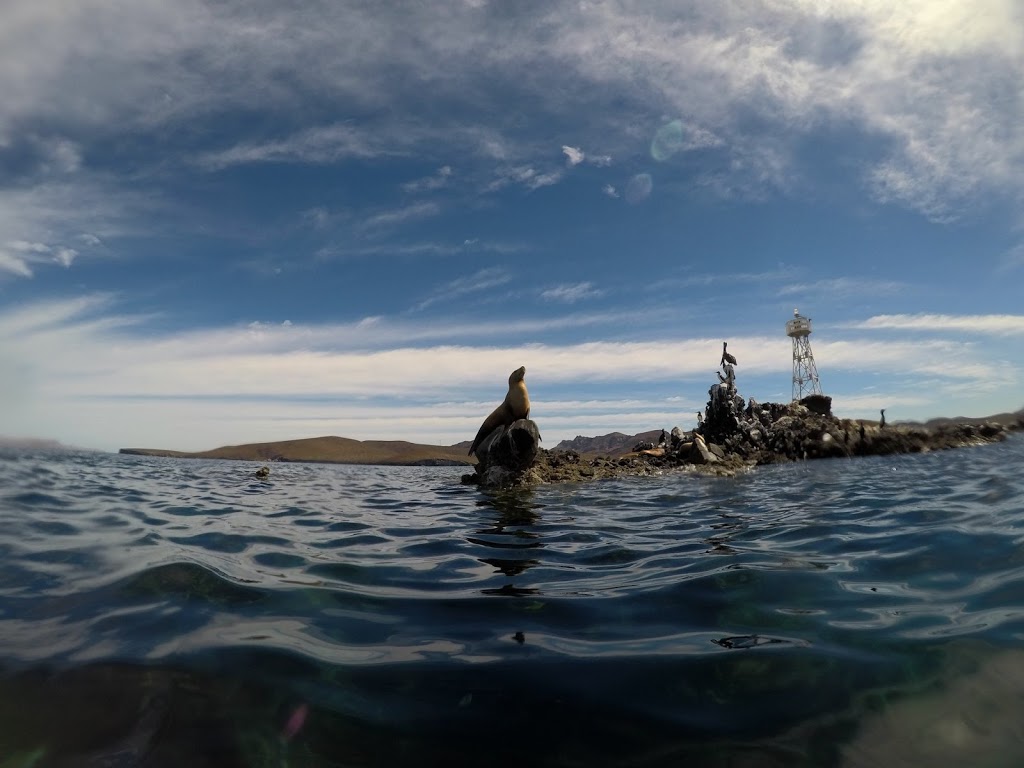
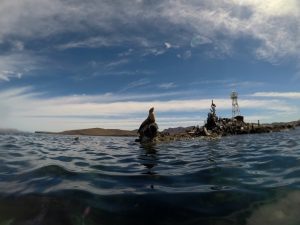
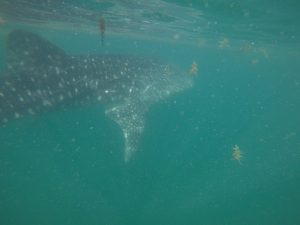
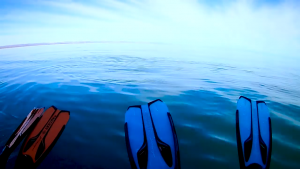

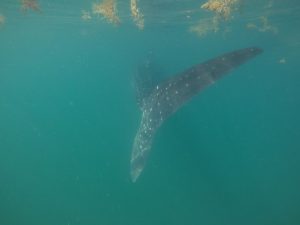
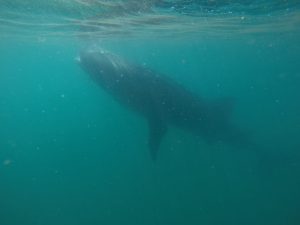


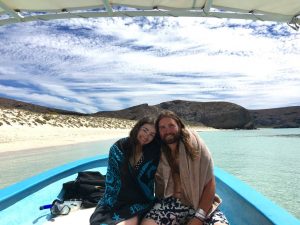
Just amazing